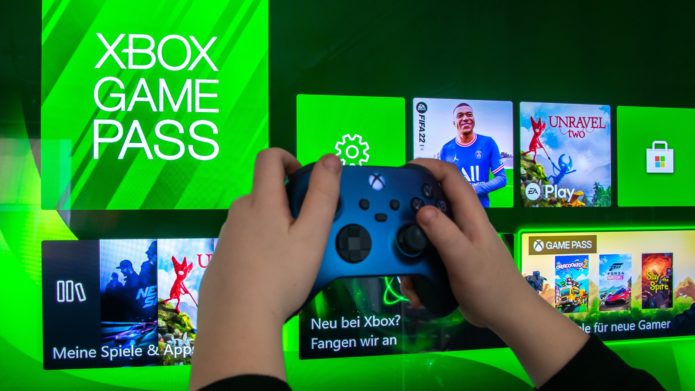The rise of HDMI as the premiere standard in digital interconnects for video and audio transmission has done a lot to make our lives easier. Being able to use a single cable for audio and video certainly makes connecting everything less complicated, and updates to the HDMI standard over the years have enhanced its functionality in various ways. Some of these are simply to ensure compatibility with newer formats, like increased bandwidth to accommodate 4K and 8K video as well as lossless, high-resolution, multichannel audio, but others have greatly enhanced the standard’s overall functionality. HDMI can carry one device’s networking connection over to another, carry data two ways so it can send audio back to a soundbar or an AV receiver, and even allow devices to control each other using a feature called HDMI-CEC (Consumer Electronics Control).
****
However, as useful as HDMI-CEC can be, it can also be more than a little finicky. It’s often enabled by default, which can create frustrating situations like, for example, someone casting a show to the wrong TV and the HDMI device automatically switching the TV’s input. It also allows for cross-device power on/off control, which has its own headaches. This can happen with Microsoft’s Xbox Series X/Series S consoles, but confusingly, a lot of the issues seem isolated to Samsung TVs. Let’s take a look at how to ease that headache and fix them.


